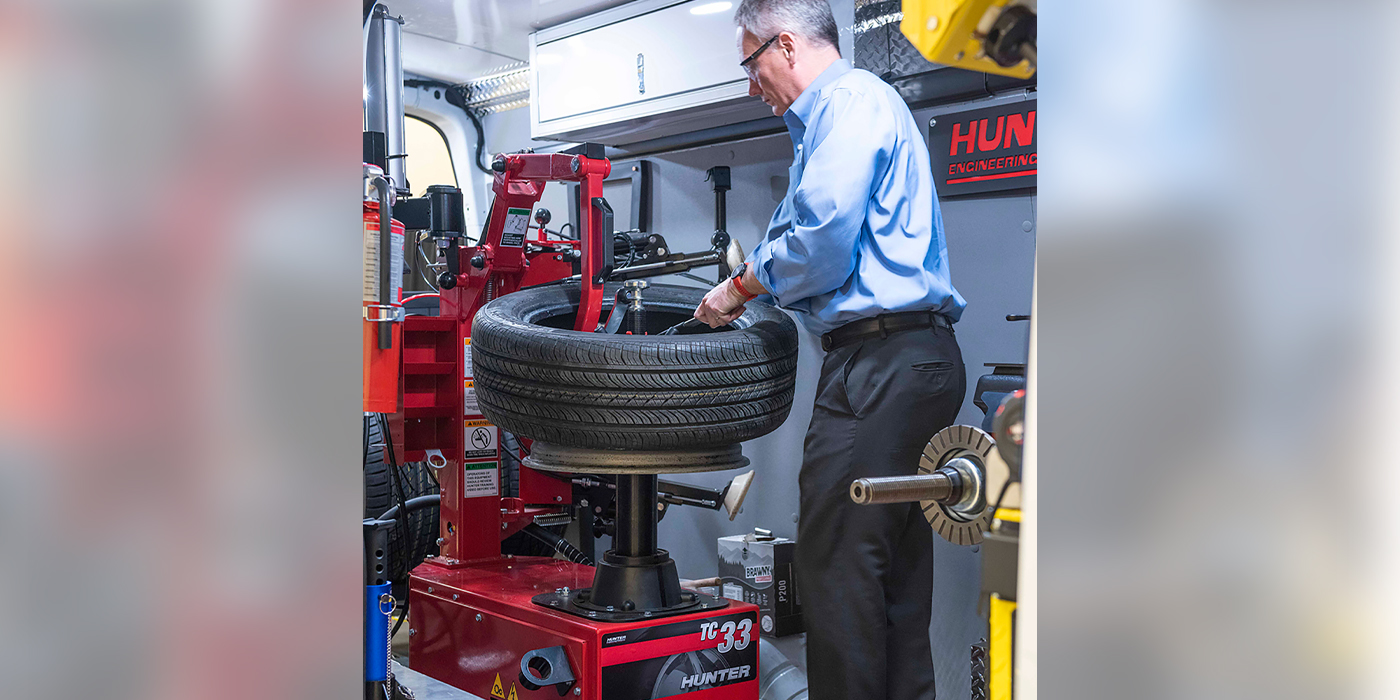Convenient Mobile Tire Service in Las Vegas at Your Front door
Tire Service: Proven Approaches for Ideal Tire Upkeep and Care
Preserving ideal tire problem is extremely important for both safety and security and performance of any type of lorry. From making sure appropriate tire stress to routine rotation and positioning, there are tested techniques that can considerably expand the life expectancy of your tires and boost general driving experience. As we discover the ins and outs of tire care and upkeep, we will certainly reveal crucial standards that every car owner must follow for the ideal possible results. Let's explore the globe of tire service and find the tricks to keeping your tires in superior shape for the lengthy haul.
Importance of Tire Pressure
Sufficient tire pressure advertises far better fuel performance, as under-inflated tires can lead to increased rolling resistance, creating the engine to function more challenging and take in even more fuel. Right tire pressure ensures even step wear, boosting tire longevity and conserving cash in the long run by postponing the requirement for early replacements. On a regular basis checking and adjusting tire stress, specifically in the past long journeys, is a basic yet effective method to enhance vehicle performance, extend tire life expectancy, and prioritize security on the road.
Tire Turning Standards
When taking into consideration tire turning standards, it is necessary to recognize the value of this upkeep job in optimizing tire life expectancy and keeping optimal car performance. Tire turning includes changing the setting of each tire on a vehicle to guarantee also step wear. Front tires often tend to use quicker than rear tires due to guiding forces, making routine turning essential for well balanced wear patterns. The recommended rotation pattern differs depending on whether a lorry is front-wheel, rear-wheel, all-wheel, or four-wheel drive. Commonly, tires should be revolved every 5,000 to 7,500 miles, or as suggested in the vehicle handbook. Ignoring tire rotation can bring about unequal wear, affecting handling, traction, and potentially compromising car safety and security. By sticking to appropriate turning standards, chauffeurs can expand the life of their tires, improve fuel effectiveness, and enhance overall driving experience. Normal rotation is a basic yet effective maintenance technique that adds significantly to tire durability and vehicle performance.

Benefits of Wheel Alignment
Making sure correct wheel placement after tire turning is vital for keeping well balanced wear patterns and taking full advantage of automobile performance. In addition, right wheel alignment helps to expand the life expectancy of your tires. Misaligned wheels can create unequal tire wear, leading to premature tire replacement and boosted upkeep prices.

Tire Tread Depth Examine
Performing a normal examination his response of tire step depth is important for keeping risk-free driving conditions and prolonging the lifespan of your tires. Uneven step wear hop over to these guys can suggest issues with tire pressure, alignment, or suspension, highlighting the importance of regular step deepness checks. By integrating tire step depth checks right into your regular upkeep schedule, you can drive with confidence understanding that your tires are in leading condition.
Seasonal Tire Assessment
A thorough evaluation of tire problem tailored to particular weather problems is essential for maintaining ideal efficiency and safety throughout the year. Seasonal tire inspection is a fundamental element of tire maintenance that makes sure tires are prepared to face the challenges postured by different weather condition conditions. In preparation for winter months, it is important to inspect the tire pressure regularly as cool temperature levels can cause tire stress to go down. Inspecting tire walk deepness is likewise vital to make certain sufficient traction on snow and ice-covered roadways. Additionally, examining for signs of deterioration, such as fractures or lumps, can aid protect against potential tire failures. As the seasons adjustment, it is essential to assess tire condition and make any type of needed changes to assure risk-free driving. By carrying out routine seasonal tire inspections, motorists can extend tire life expectancy, enhance gas efficiency, and most notably, make sure a secure driving experience in differing weather conditions - Flat Tire Repair Las Vegas.
Final Thought
In verdict, preserving proper tire stress, turning tires on a regular basis, straightening wheels correctly, monitoring tread depth, and carrying out seasonal examinations are important techniques for optimal tire care. By adhering to these shown approaches, chauffeurs can guarantee their tires last much longer, execute better, and add to general car safety and security. It is essential to prioritize try here tire maintenance to prevent accidents, boost gas effectiveness, and prolong the life expectancy of tires.
Ample tire stress promotes much better fuel efficiency, as under-inflated tires can lead to raised rolling resistance, causing the engine to work tougher and eat more gas.When thinking about tire turning standards, it is essential to understand the importance of this upkeep task in making best use of tire lifespan and keeping optimal vehicle performance. Seasonal tire inspection is a fundamental aspect of tire upkeep that makes sure tires are all set to deal with the difficulties presented by different climate problems. By conducting routine seasonal tire examinations, vehicle drivers can lengthen tire life-span, enhance gas efficiency, and most significantly, make certain a safe driving experience in varying climate problems.
In verdict, maintaining appropriate tire stress, revolving tires consistently, lining up wheels correctly, monitoring tread depth, and performing seasonal assessments are necessary practices for optimum tire care.